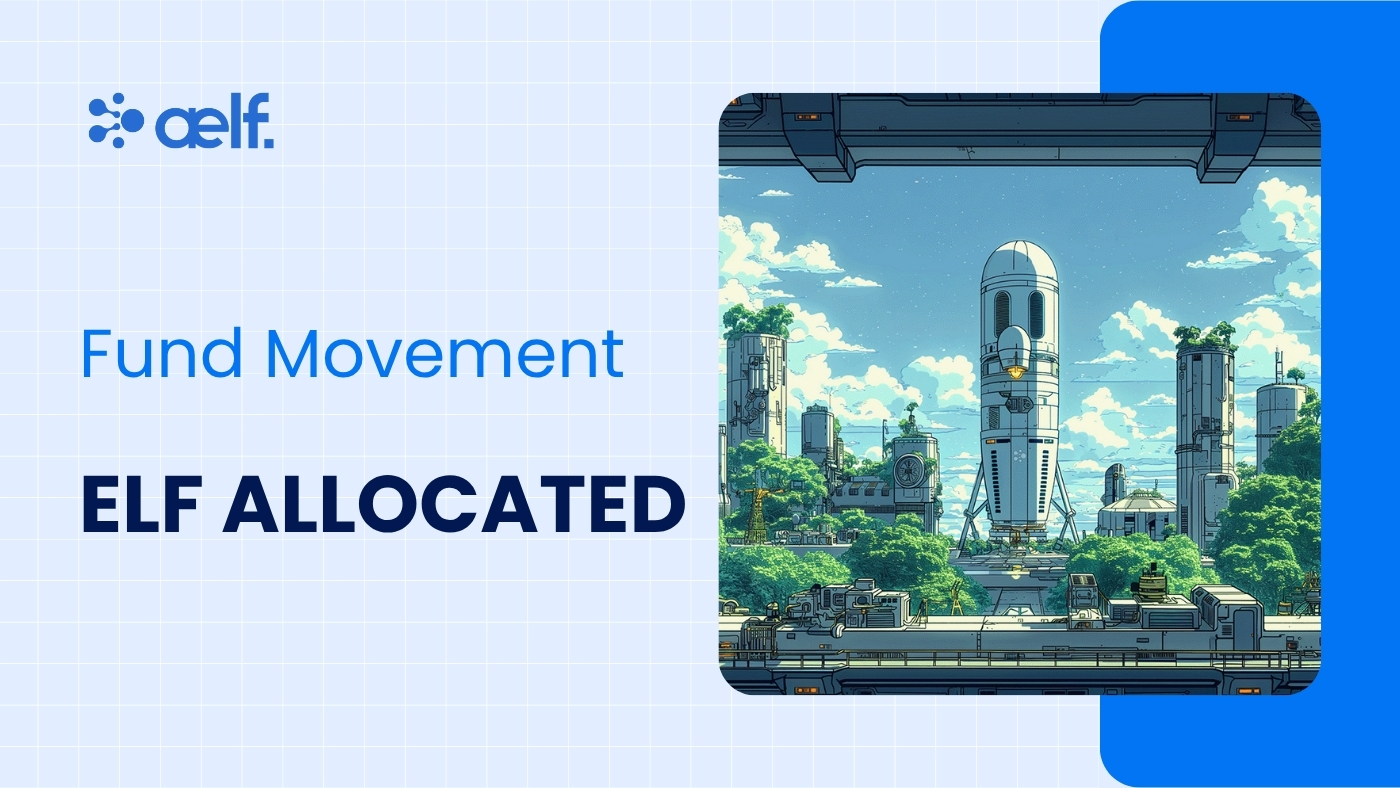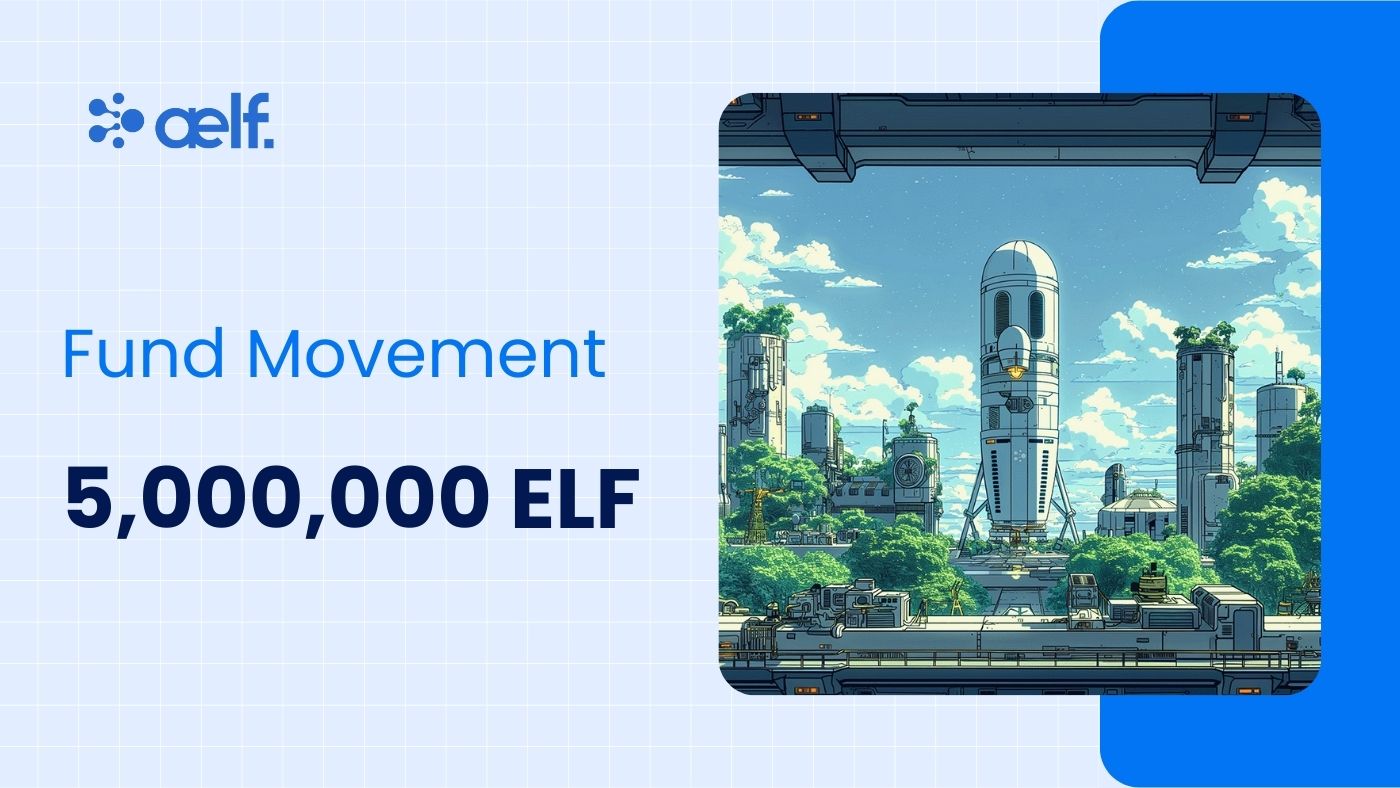Introduction: What are Token Distribution Models and What are They For?
As Web3 continues to redefine digital ecosystems, the way a project distributes its tokens can shape much more than price—it’s about trust, longevity, and community alignment. Whether launching a decentralised application, protocol, or digital asset, getting the token distribution model right is foundational to a successful start.
In this article, we’ll cover some of the most commonly used token distribution models, along with the features, trade-offs, and strategies behind them.
Initial Coin Offerings (ICOs)
ICOs are fundraising methods where new projects sell their tokens to investors, usually in exchange for established cryptocurrencies.
Key Features:
- Open Participation: Anyone can join, often with low minimum investment requirements.
- Unregulated Territory: Offers high potential rewards, but also high risks due to limited oversight.
- Ecosystem Utility: Tokens are often intended for use within the project's ecosystem.
ICOs helped kick off the early boom in blockchain adoption. While they’re less common today due to regulatory concerns, the model still serves as a foundational approach for understanding how open token offerings work.
Initial Exchange Offerings (IEOs)
IEOs are token sales conducted directly on already established crypto exchanges. This brings more structure and investor protection to the process.
Key Features:
- Exchange Vetting: Projects are reviewed by the exchange before listing, adding a layer of credibility and security for investors.
- User-Friendly Access: Investors can purchase tokens directly from their exchange accounts.
- Instant Liquidity: Tokens are often listed for trading immediately after the sale.
IEOs are popular with projects that want a streamlined, trusted user experience and investors who favor early liquidity.
Security Token Offerings (STOs)
Unlike ICOs and IEOs, STOs are regulated. These tokens represent legal ownership in real-world assets, such as real estate, equity, or corporate debt.
Key Features:
- Regulatory Compliance: Must follow securities laws and may require official registration, along with clear disclosures and legal frameworks to support risk management.
- Asset-Backed Structure: Tokens derive value from physical or financial assets, giving intrinsic value.
- Flexible Liquidity: Offers a way for traditionally illiquid assets to trade on secondary markets.
STOs bridge the gap between traditional finance and blockchain, making them attractive for institutional capital—though regulatory overhead can slow down launches.
Initial DEX Offerings (IDOs)
IDOs operate fully on-chain and raise funds through decentralised exchanges (DEXs), offering high-speed token settlements and continuous market access.
Key Features:
- Strong Community Involvement: Community-driven fundraising empowers early believers.
- Lower Entry Barriers: More accessible for smaller retail investors.
- Heightened Risks: Price volatility, smart contract bugs, or scams may be more prevalent if a project lacks credibility or technical safeguards.
IDOs are now widely used by DeFi and NFT projects looking to optimise for speed, community, and decentralisation. However, rigorous due diligence remains essential.
Token Vesting and Lock-Up Periods
Regardless of how a token is initially offered, post-launch stability often depends on vesting structures. These are mechanisms that control when and how tokens can be accessed after they’re distributed.
Why They Matter:
- Prevents Market Dumps: Large stakeholders can’t flood the market.
- Signals Long-Term Vision: Teams that opt into structured vesting demonstrate commitment.
- Common Structures:
- Cliff Periods: No tokens released for the first few months after launch.
- Gradual Vesting: Tokens become available over time.
- Lock-up Periods: Tokens are frozen post-launch to stabilise prices.
By managing token supply strategically, projects can avoid negative price action and strengthen investor sentiment.
Choosing the Right Model
There’s no one-size-fits-all model for token distribution. Every method brings trade-offs:
- ICOs and IDOs offer openness but less regulatory oversight
- IEOs bring credibility via established exchanges
- STOs incorporate strong legal structures at a slower pace
What ultimately matters is that your token model aligns with your project’s vision, governance needs, user expectations, and long-term goals. Pair that with a transparent vesting plan, and your launch won’t just raise capital, it’ll inspire trust and contribute to sustainable Web3 growth.
Launching a Web3 project soon? Apply these models thoughtfully, and choose the strategy that not only brings in investment—but builds your project's future.
*Disclaimer: The information provided on this blog does not constitute investment advice, financial advice, trading advice, or any other form of professional advice. aelf makes no guarantees or warranties about the accuracy, completeness, or timeliness of the information on this blog. You should not make any investment decisions based solely on the information provided on this blog. You should always consult with a qualified financial or legal advisor before making any investment decisions.
What's aelf Ventures?

aelf Ventures is the investment arm of aelf, a high-performance Layer 1 AI blockchain platform that offers builders and users advanced AI functionalities and cutting-edge infrastructure. With a dedicated fund of $50 million, aelf Ventures is focused on empowering Layer 1 blockchain projects and various aspects of the Web3 ecosystem, such as DeFi, GameFi, NFT, and those looking to make the transition from Web2 to Web3.
Till date, aelf Ventures has invested in projects such Crystal Fun and Confiction Labs (pka. Mythic Protocol), and is actively incubating promising ventures within the ecosystem such as Portkey, eBridge, Forest NFT Marketplace, AwakenSwap, eWell, and BeanGoTown.
Find out more about aelf and stay connected with our community:
Website | X | Telegram | Discord



